A gilt-edged opportunity: Inheritance tax share loss relief
Written by
Volatility in the markets is nothing new, but in recent months we have seen turmoil, not just for equities but also, less usually, for gilts.
At such times, it is useful to be reminded that our inheritance tax (IHT) rules allow relief in cases where asset values were higher at the date of someone’s death than when their personal representatives come to sell them. It is only fair that beneficiaries suffer tax on what they actually receive rather than on the value of the assets on a day when they were unable to access them.
A similar relief exists for land sold at a loss after someone’s death but this article focusses on the relief for shares. That it extends to gilts too and a wide range of foreign listed shares may not be obviously front of mind when a case arises.
The legislation
Section 4 of the Inheritance Tax Act 1984 (IHTA 1984) establishes that on someone’s death, tax is “charged as if, immediately before his death, he had made a transfer of value and the value transferred by it had been equal to the value … immediately before his death”.
The relief, which enables you to substitute the value actually realised instead of the value at the date of death, is found in sections 178-189 IHTA 1984. The following conditions must be met:
- The shares sold must be qualifying assets. “Qualifying assets” for these purposes means:
(a) shares or securities which are quoted on a recognised stock exchange;
(b) holdings in an authorised unit trust;
(c) shares in an open-ended investment company; and
(d) shares in a common investment fund (established under section 42 of the Administration of Justice Act 1982).
- The sale of the qualifying asset must have been made within 12 months of the date of death of the deceased.
- The assets must have been sold by the appropriate person (i.e. the person who is liable for the tax).
- There must be an overall loss on the sale of the qualifying assets. It is important to note that all qualifying investments sold must be taken into account – not just those that were sold at a loss.
- The claim for relief must be made within 4 years of the end of the 12 month period during which the qualifying sales can be made.
Application to gilts
While not expressly mentioned in the IHTA 1984, UK Government stock (gilts) are within the definition of “qualifying assets” being securities quoted at the date of death, as are Alternate Investment Market (AIM) stocks, and shares listed on the overseas stock exchanges recognised by HMRC. Investments which do not qualify are shares in unlisted companies, shares listed on unrecognised stock exchanges, and loan notes.
How to claim
It is good practice for personal representatives to make a diary note of the 12 month anniversary and to review the estate investments in good time before then, to see whether it will be beneficial to make sales of qualifying investments which have fallen in value.
The requirement that the “appropriate person” must sell the assets means that the relief cannot be claimed if the personal representatives pay the tax due on death, the shares are assented to a beneficiary, and the beneficiary sells the assets at a loss within 12 months.
If the shares are given to a beneficiary to satisfy a pecuniary legacy, with the consent of the person receiving the legacy, this will count as a sale by the personal representatives. However, it will not be counted as a sale if the personal representatives have the power to do this without consent. Since professionally drafted Wills nowadays typically include the power to appropriate without consent, this route could lead to the relief being unavailable.
The claim is made by the submission of form IHT35 to HMRC.
The relief is given by treating the value of the investments to which the claim relates as reduced by an amount equal to the loss. When the relief is claimed, it will involve an adjustment of the probate value also for capital gains tax (CGT) purposes. This will mean, as one would expect, that it will not be possible to claim a loss for CGT purposes. Share loss relief from IHT provides a more favourable tax saving however: 40% IHT compared to 20% CGT.
Application to trusts
The question arises how this relief applies to qualifying interest in possession trusts, such as a pre-22 March 2006 interest in possession or an immediate post-death interest (if post-21 March 2006). If someone dies with qualifying investments in both their personal estate and an interest in possession trust of which they are the income beneficiary, share loss relief can be claimed in both (or either) of the estate and the trust fund.
In this context, it is the trustees who are the “appropriate persons”. They are the ones responsible for the payment of IHT on the assets in the trust, so they must make the claim on behalf of the trust if all the conditions are met. If the qualifying assets are sold by the remainderman then the relief will not be available as they are not the appropriate person.
While we are used to aggregating the personal estate with the interest in possession trust for IHT purposes, the estate and the trust must be considered separately when it comes to applying for the relief. Any gain on sales within the estate will not affect the loss claimed within the trust, and vice versa.
Conclusion
IHT share loss relief can be helpful in mitigating the tax liability when assets have to be sold in falling markets. The conditions and timescales are reasonably clear but there are pitfalls so care needs to be taken to ensure the relief is not lost inadvertently.
This article first appeared in Taxation on 28 November 2022.

